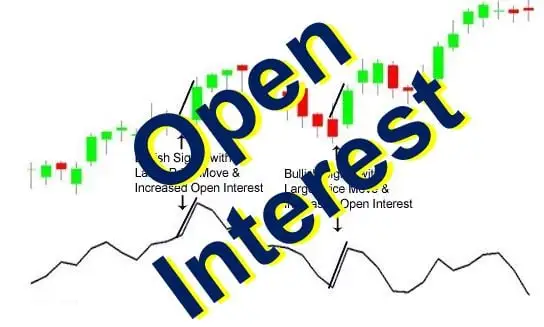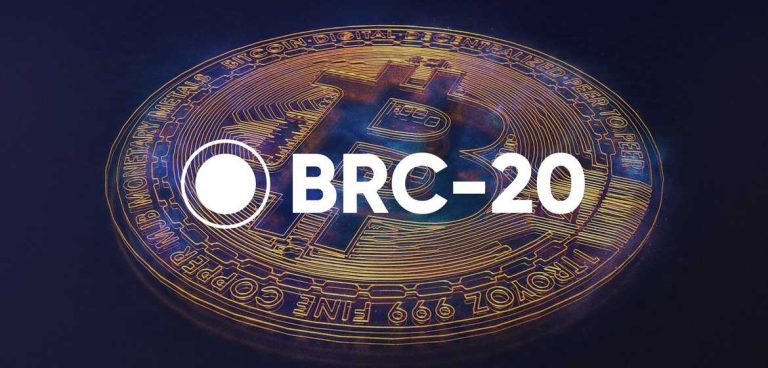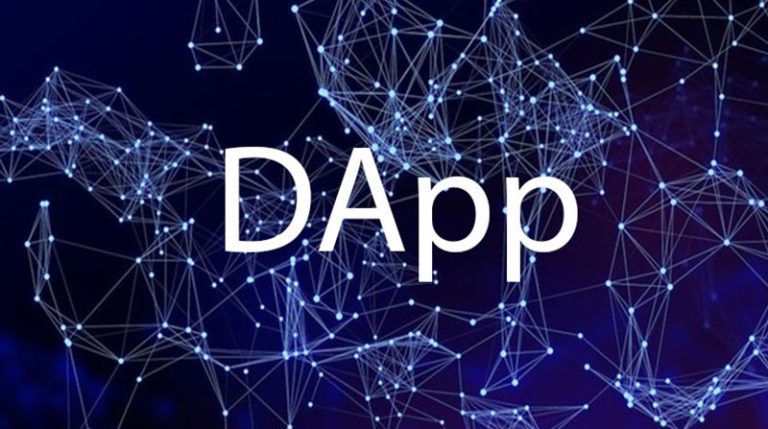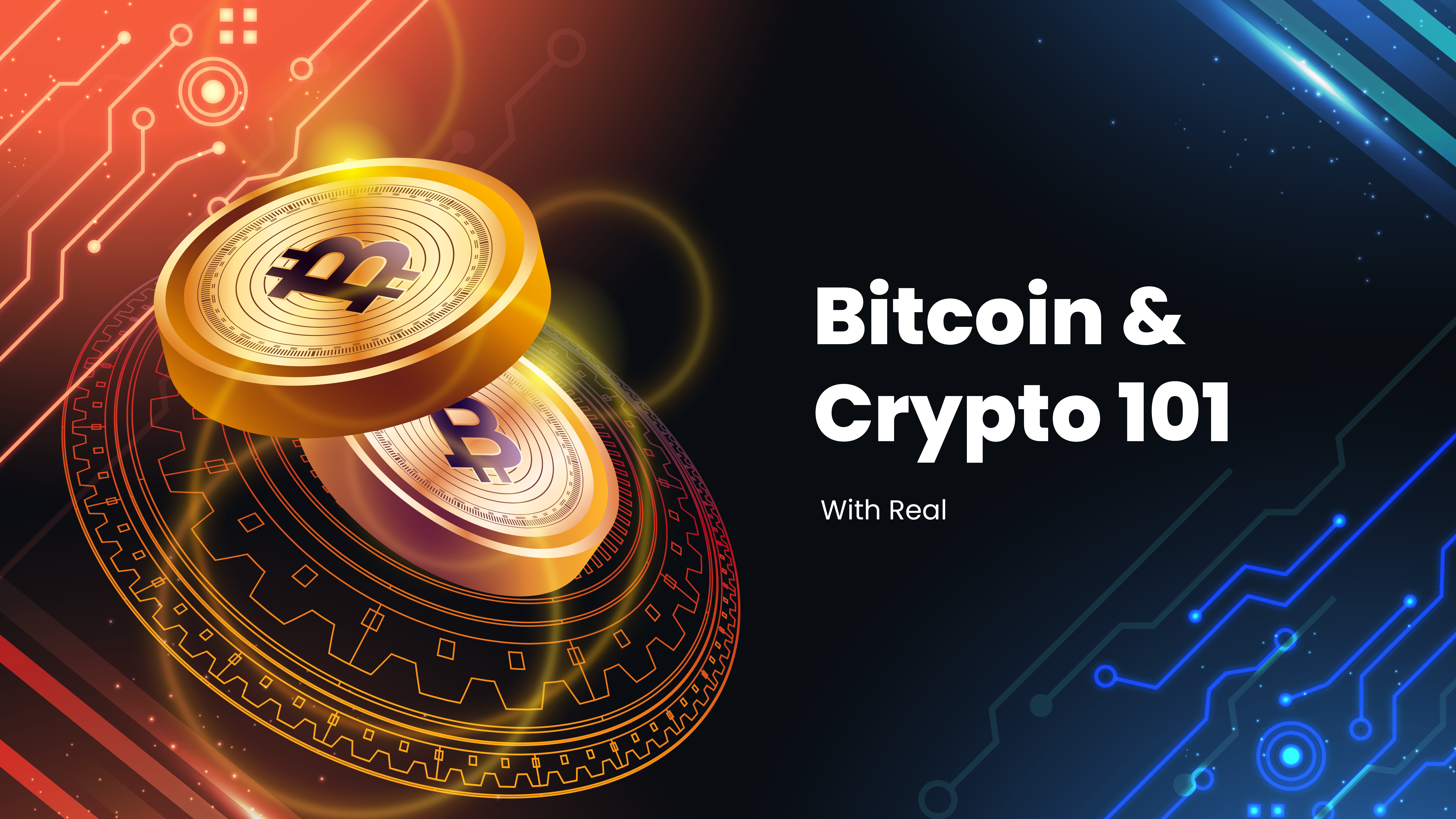What is Open Interest
Open interest serves as a key metric predominantly linked to the futures and options markets, a realm characterized by the dynamic alteration of open contracts on a daily basis. This metric specifically represents the count of active positions that traders hold in options or futures contracts. These positions are ones that have been initiated but not yet closed, expired, or exercised.
Open interest diminishes when the buyers and sellers of contracts conclude more positions than those opened during the day. The process of closing a position entails the trader taking on an opposing position or executing their option, thereby settling the initial trade.
In a converse dynamic, open interest escalates as traders initiate new positions, whether as long positions by investors or short positions by sellers, surpassing the count of contracts that were closed on that particular day.
For instance, let’s consider a straightforward scenario: if the open interest for the ABC call option stands at 0, and the following day a trader acquires 10 ABC options contracts, the open interest for this call option would subsequently become 10. Subsequently, if five ABC contracts are closed the subsequent day, along with the initiation of 10 new contracts, the open interest would elevate by five to reach a total of 15.
Open interest is a key metric that provides valuable insights into the overall involvement and anticipation of traders in the cryptocurrency market.” – Vitalik Buterin, Co-founder of Ethereum.
Importance of Open Interest
Understanding the concept of open interest is paramount for crypto practitioners navigating the complexities of the futures and options markets. Beyond being a mere numerical value, open interest guides traders through the flow of market sentiment and underlying price trends. By gauging the total number of active contracts that have yet to be closed, exercised, or expired, open interest offers invaluable insights into the intensity of trading activity within a specific contract. This information empowers traders to decipher the prevailing market dynamics, anticipate potential trend reversals, and fine-tune their strategies for informed decision-making. When complemented with volume data and the price of the underlying asset, open interest emerges as a key tool, helping crypto practitioners not only comprehend market trends but also make calculated moves in an ever-evolving landscape.
“The increasing open interest in Bitcoin futures indicates a growing interest and participation in the market, reflecting positive market sentiment and an expectation of price appreciation among traders.” – Changpeng Zhao (CZ), CEO of Binance
Pros of Open Interest
- Provides a forward-looking view of market sentiment.
- Offers valuable insights for identifying potential trend reversals.
- Allows traders to assess the liquidity and efficiency of a market.
- Serves as a tool for confirming trading volume and validating price movements.
“Open interest serves as a complementary tool to trading volume, validating the significance and sustainability of price movements.” – Chris Larsen, Co-founder of Ripple
Cons of Open Interest
- Does not reveal the direction of the market (bullish or bearish) on its own.
- Does not account for off-exchange or OTC trading, potentially limiting its accuracy.
- Can be influenced by market manipulation or speculative activities, requiring caution in interpretation.




